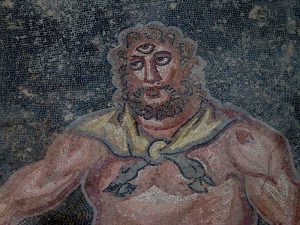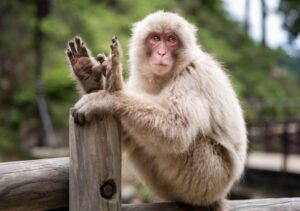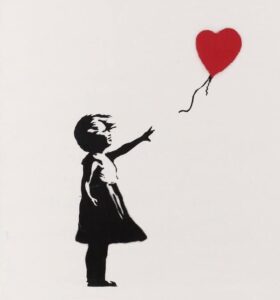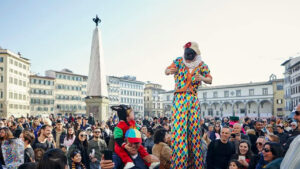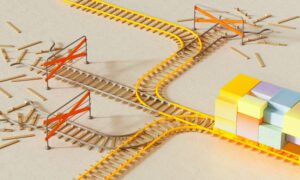Germanic people: from runes to mythology
6 min read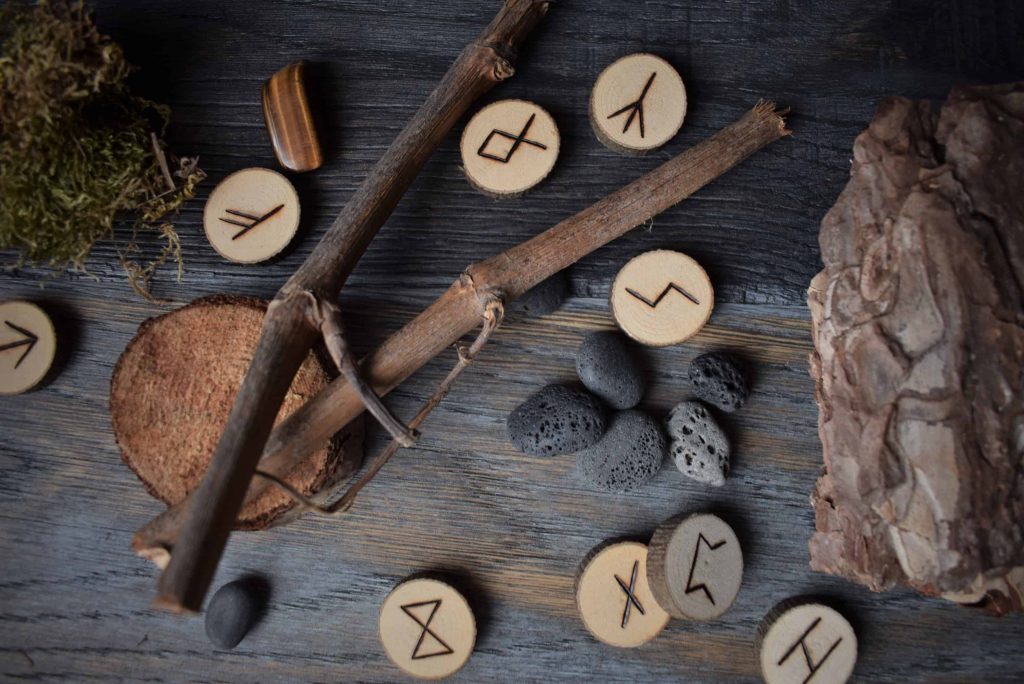
For those who are not afraid of frost and scarce hours of light, the crystalline atmospheres of Scandinavian territories can arouse a magical charm, which dates back to several centuries ago. In fact, in these places the history of the Germanic peoples began, whose heritages are still visible in the lands, languages and traditions of northern and central Europe. Starting from their earliest origins in the third millennium BC, the Germans have dedicated their existence to agriculture, crafts but above all to expansion in the lands of a good part of Europe, even reaching America and North Africa. For this reason, the linguistic influences of these peoples are still present in the ancient places of Gothic expansion, which today include the current languages of the Germanic family: German, English, Scandinavian languages (Norwegian, Swedish, Icelandic, Danish), Frisian (spoken in Friesland in the Netherlands), Dutch (Dutch + Flemish) and finally Afrikaans (spoken in South Africa following the Dutch importation of the Boers).
But how is it possible to establish that so many languages, apparently different from each other, belong to the same language family? The more you go back over time, the more the similarity between the languages of a group tends to increase, until reaching a hypothetical “zero phase”, i.e. Proto-Germanic, or common Germanic, in the case of the languages in question.
Due to the absence of texts and documents written in Germanic, this is a non-attested language, i.e., it undergoes a reconstruction by means of a comparison between the individual “daughter” languages. The Slavic languages suffer the same fate, while the question changes in the case of the Romance languages (Italian, Spanish, French, etc.) whose mother language is certain and widely documented: Latin.
However, going back further in time, it has been noted that the Germanic, Latin and Slavic families are part of the same group: the Indo-European languages. This large linguistic group included a very large set of languages ranging from Western Europe to Northern India, so it can be said that Indo-European is the “grandmother” language of Germanic, Latin and Slavic.
The runes
But returning to the Germans, the most fascinating aspect of their language is undoubtedly the world of runes. Before the arrival of the Romans and, consequently, the adoption of the Latin alphabet by the Germans, the only alphabet used by these peoples was the runic one. Runic symbols were used starting from the 2nd-3rd century AD. and they had an epigraphic value, that is, they were engraved on stone, objects or wood for short inscriptions; to this day they can be seen on various archaeological finds of the time such as coins, weapons, monuments or jewels.
The English word to write would in fact derive from the Anglo-Saxon word wrītan, or “to engrave”, just as to read would derive from the Anglo-Saxon rǣdan, “interpret” referring to the runes. The runic alphabet is also called futhark, from the union of the first six runes that compose it, each of which can correspond to abstract/divine concepts or, on the contrary, related to the everyday life of the Germans:
- Fehu: indicates an abundance of livestock, therefore wealth, success and a life full of luck and satisfaction. At the time, in fact, livestock was used as a bargaining chip;
- Ur: symbolizes the energy within each person, therefore the will to fight against the adversities of existence. It also means good health, courage and self-confidence;
- Thurs: represents the power of Thor’s hammer, the god of thunder, and therefore symbolizes the defense against enemies;
- Ass: the rune of the sound of the language which means communication, intelligence, honesty and the encounter with the other;
- Reid: is the rune of journeys, both physical and spiritual ones in search of oneself and one’s values, as well as the eventual return to the right path and the general order of all things;
- Ken: symbolizes the revealing light of all that is hidden by the darkness. It indicates the need of many men to express themselves through art and creativity obtained, according to the Germans, through inspiration and revelation.
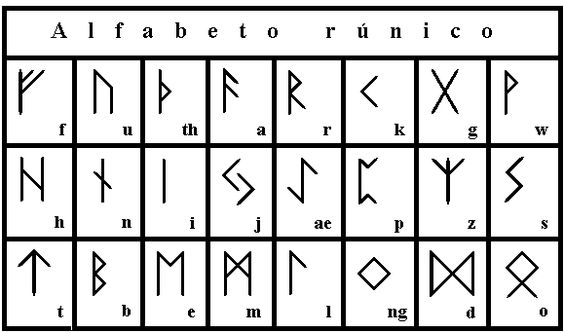
It is clear, therefore, how much the runes were not simply alphabetic symbols, but the representation of entire concepts, as if every single rune contained within itself a small universe composed, at the same time, of everyday simplicity and spirituality.
The term rune itself would mean mystery or spell and the presence of the magical component is a constant of these peoples. With the passage of time and with the development of Germanic society, the runes found use, in addition to magical rituals, also in epigraphs of a public nature and of historical value.
An example is the famous Jelling Stone, dating back to the 10th century AD and found in Jutland, present-day Denmark, which reports the act of King Harald Blåtand, literally Harold Blue Tooth. This ruler became famous for his diplomatic skills in uniting the kingdom of Denmark politically and religiously.
In 1997, the creators of the Bluetooth connection wanted to pay homage to the unifying deeds of this ancient ruler both in the name (Blåtand would correspond, in fact, to the English “Bluetooth”) and in the emblematic logo, which represents the union of the two runes symbol of Harald Blåtand’s initials!
The deities
Speaking of the first six runes of the futhark, it was mentioned Thor, a Norse divinity made famous by the Marvel comic and cinematic universe starting in the 1960s. But what was the religion of the German peoples really like? The first evidence comes from Tacitus who in his Germania (De origine et situ Germanorum) in 98 AD analyzes, among the many aspects of Germanic culture, also their mythology. According to Tacitus, several Nordic divinities would correspond to those of the Roman religion of which the major divinity would be Odin, the equivalent of Mercury.
It is known that the name of the days of the week comes from the names of some Roman gods, and the same criterion also applies to the Norse ones. Wednesday, for example, comes from the Latin mercurii dies (“day of Mercury”) as well as the English Wednesday derives from the Anglo-Saxon Wōdnesdæg and the Norwegian Onsdag derives from the Old Norse óðinsdagr (both translation of “Odin’s day”).
Odin is the god of knowledge, obtained, according to the legend, in exchange for an eye; he is the god of poetry, of foresight and knows all the secrets of the runes. He is also the one who welcomes the souls of the dead in Valhalla, the Nordic equivalent of heaven, imagined as an eternal battlefield where souls continue to clash. Strange conception of heaven!

Poets such as Snorri Sturluson place Odin at the top of the Norse pantheon but in the Scandinavian area the most revered god by every segment of the population seemed to be Thor. According to Tacitus, he would correspond to Jupiter (also in this case the method of the day of the week applies, just think of the English Thursday).
Thor is, just like Jupiter, the deity associated with the storm, as well as humanity’s protector from demons and giants. His symbol is the famous hammer, the Mjöllnir, a magical weapon that once thrown would always return to its master.
The other essential figures of Norse mythology are Tyr, the god of the juridical and political assembly of the Germans and equivalent of Mars; Njörðr the god of the sea, Freyr the god of fertility, Freya the goddess of love equated with Venus.
Despite being very ancient, Nordic culture still continues to exert a magical charm today. Love for spirituality and the warrior instinct come together in a bewitching mythology, finding a perfect balance between poetry and battle, magic and weighting. And the runic engravings, with those sharp and decisive features, have for centuries infused an aura of mystery capable of transporting us among the clear and rarefied Scandinavian atmospheres.
Source link: https://www.antropia.it/germani-dalle-rune-alla-mitologia/

Sono Chiara e mi sto laureando in Lingue e Letterature Straniere presso l’Università degli studi di Firenze. Ho conseguito la laurea triennale con un doppio titolo italiano e tedesco dopo aver trascorso un anno di studi all’estero presso l’Università di Bonn. Grazie a queste esperienze non ho avuto solamente l’occasione di viaggiare e scoprire nuovi angoli di mondo, ma anche e soprattutto di approfondire ed ampliare il mio amore per l’arte in ogni sua espressione, essendo rimasta affascinata da una città unica come Firenze e dalle nuove correnti più recenti in Europa. Sono inoltre una grande appassionata di cinema, musica e letteratura, discipline che hanno in comune un profondo senso creativo. Credo infatti nel grande potere della creatività, che come diceva Einstein può essere «contagiosa»


